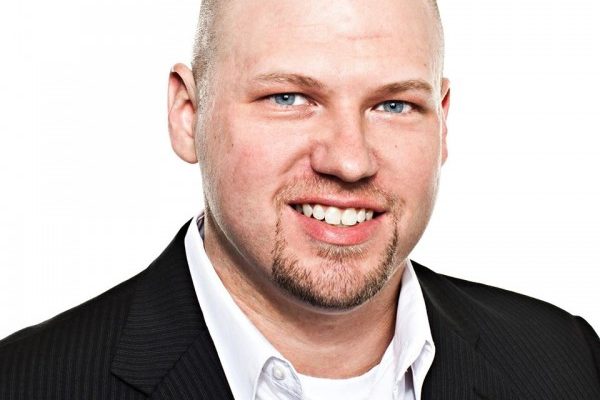
Presidential election polls are worthless
If polls are to be believed, Joe Biden is currently enjoying a small but statistically significant lead over President Donald Trump in head-to-head matchups for the White House.
Of course, polling isn’t terribly predictive and has had some very high profile failures in the last decade, not the least of which was the last presidential election.
That year, the pollsters and polling analysts were quite certain what was going to happen. Nate Silver of FiveThirtyEight, who built his reputation on aggregating weighted polls to provide a clear picture of what was “really happening” gave Hillary Clinton a more than 71 percent chance of beating Trump.
Turns out, Silver wasn’t the most optimistic fortune teller. The New York Times’s forecast at The Upshot, gave her 85 percent. The Huffington Post rather famously said that Clinton had a 98 percent chance of winning, and the Princeton Election Consortium did them one percentage point better, predicting that Clinton had a 99 percent chance of winning.
What we found out in 2008 and 2012 was that if polling data was right, these predictive models — particularly Silver’s — looked clairvoyant. What we learned in 2016 was that when the polling data was wrong, all the interpretive “science” done will not be able to make up for the fundamental errors done in polling.
And what are those errors? Audience sampling mistakes, incorrect modeling, wrongly weighting polling respondents, improper survey methods, difficulty sampling the right audience due to an increase in cell phone-only households, and perhaps most importantly, a change in behavior among the surveyed. This is why it is so hard not to get a skewed result.
To be fair, polling isn’t always messed up. The polls for Maine’s 2018 gubernatorial contest ended up being more or less right on. Sometimes, they get it right.
But a lot of the time they get it wrong, and that is especially true at this moment in time when nearly all of the polls that have been conducted on the presidential race have been surveys of registered voters, rather than likely voters.
For the uninitiated, registered voter surveys are broad public opinion polls that use registered voters as the universe of potential respondents, with no mindfulness given to whether or not the individual in question is likely to show up and vote in an election. Likely voter polls, by contrast, are limited to voters the pollsters (through a variety of methods) have deemed likely to actually show up and vote on election day.
Registered voter polls are notorious for providing results that favor Democratic candidates over Republicans. The aforementioned Nate Silver has written extensively about this fact, and it has been observable to political professionals for a very long time.
Democrats have long had more registered voters than Republicans across the country, and a really large number of that registration advantage is made up of what I like to call “superficially registered” Democrats. These would be the people who aren’t terribly engaged politically, but register as a Democrat because it is portrayed by the media and academia as the more socially acceptable party to belong to.
The effect of all this is that registered voter polls oversample Democrats, and provide a polling boost to them. Likely voter polls are almost always more accurate.
There have been 60 polls conducted on the 2020 presidential race since the beginning of January, and 54 have been registered voter polls. Sixteen of the last 20 polls have similarly been of registered voters. Unsurprisingly, the likely voter polls show a much closer margin between Biden and Trump. And even those likely voter polls are difficult to trust, as no pollster worth their salt would feel confident in May about knowing who will and will not actually show up in November.
In any event, if Biden keeps telling black voters that they aren’t black enough because they don’t like him, none of this polling is going to matter much anyway.
Matthew Gagnon of Yarmouth is the chief executive officer of the Maine Policy Institute, a free market policy think tank based in Portland. A Hampden native, he previously served as a senior strategist for the Republican Governors Association in Washington, D.C.